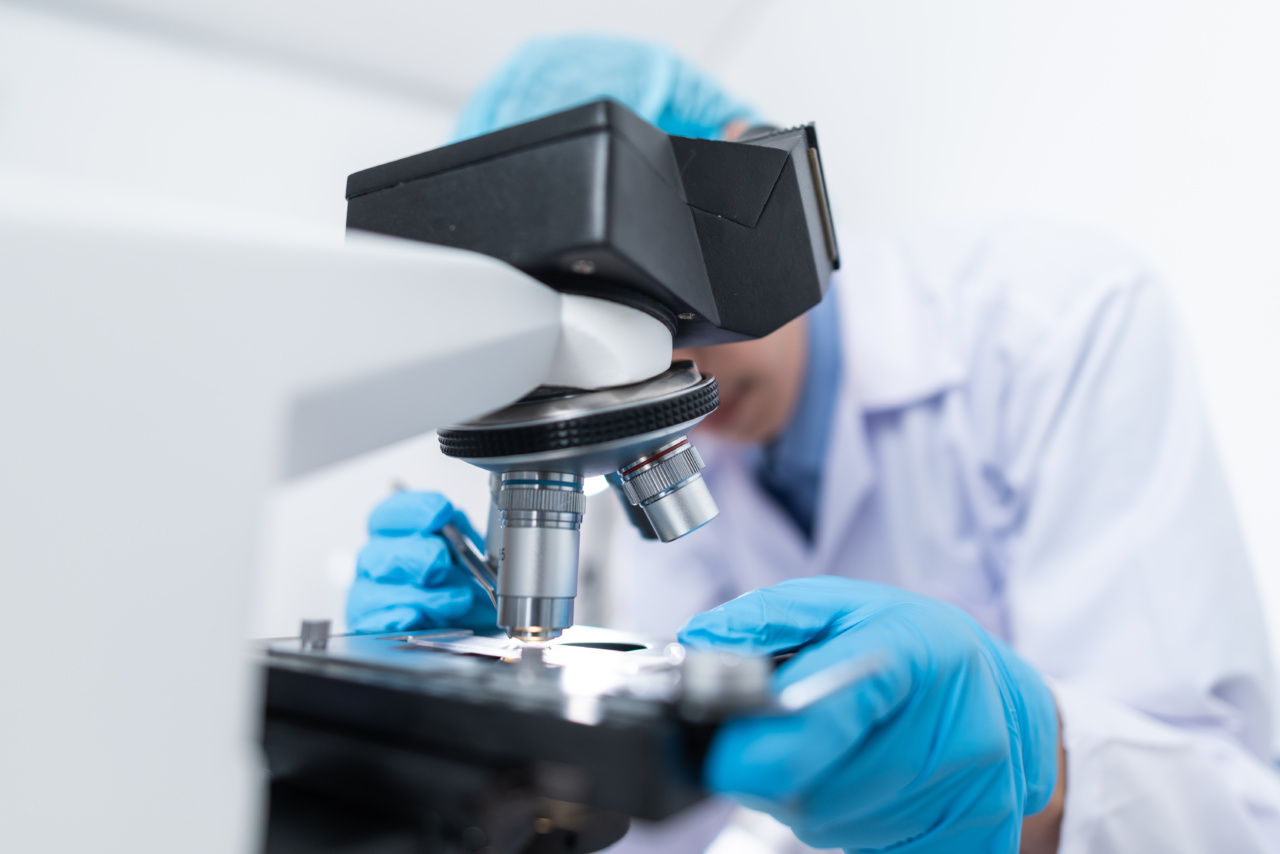Have you ever wondered why doctors ask you to breathe deeply during a physical examination? Or why breath analysis is becoming an emerging field in healthcare? The simple act of breathing holds immense potential in revealing underlying diseases and disorders. This article explores the science behind breath analysis and how it can be a powerful diagnostic tool.
The Human Breath: More than Just Oxygen
Breathing is an automatic process that supplies our bodies with the oxygen necessary for survival. However, the human breath is far more complex than just oxygen and carbon dioxide exchange.
It contains hundreds of different volatile organic compounds (VOCs), such as acetone, ethanol, and methane, which can provide valuable information about our health.
Breath Analysis: A Non-Invasive Diagnostic Technique
Traditional diagnostic methods often involve invasive procedures, such as blood tests or biopsies. Breath analysis, on the other hand, offers a non-invasive and painless alternative.
By analyzing the VOCs present in a person’s breath, healthcare professionals can gain insights into various diseases and disorders.
How Breath Reveals Disease
1. Lung Diseases: Certain VOCs, such as nitric oxide and ethane, are associated with conditions like asthma, chronic obstructive pulmonary disease (COPD), and lung cancer.
Elevated levels of these compounds in breath samples can indicate the presence of these diseases.
2. Liver Disorders: Liver dysfunction can cause noticeable changes in breath composition.
Breath analysis can detect elevated levels of specific VOCs, such as ammonia and isoprene, which are linked to liver cirrhosis and other liver diseases.
3. Metabolic Disorders: Breath analysis has shown promise in diagnosing metabolic disorders like diabetes.
Elevated levels of acetone in breath samples can be an early indication of diabetic ketoacidosis, a potentially life-threatening complication.
4. Gastrointestinal Diseases: Breath analysis can aid in diagnosing gastrointestinal conditions, including irritable bowel syndrome (IBS) and inflammatory bowel disease (IBD).
Specific VOCs, such as methane and hydrogen sulfide, are associated with these disorders.
5. Bacterial Infections: Certain bacterial infections, such as Helicobacter pylori, can be detected through breath analysis.
By analyzing the VOCs released by these bacteria, doctors can identify the presence of an infection without the need for invasive procedures.
The Breath Analyzer: From Research to Practice
Scientists and researchers are continually working on developing breath analyzers for various diseases. These devices use advanced technologies like gas chromatography and mass spectrometry to analyze the VOCs in breath samples.
Although the field is still in its early stages, breath analyzers have the potential to revolutionize healthcare in the future.
The Future of Breath Analysis
With ongoing research and advancements in technology, the future of breath analysis looks promising. It has the potential to become a routine diagnostic tool, enabling early disease detection and personalized treatments.
Additionally, breath analysis could reduce healthcare costs and minimize patient discomfort due to its non-invasive nature.
Conclusion
The science of breath analysis is rapidly evolving and has immense potential as a diagnostic tool.
By analyzing the volatile organic compounds present in our breath, healthcare professionals can gain valuable insights into various diseases and disorders. As research progresses, breath analysis may become a common practice, leading to earlier disease detection and improved patient outcomes.





























